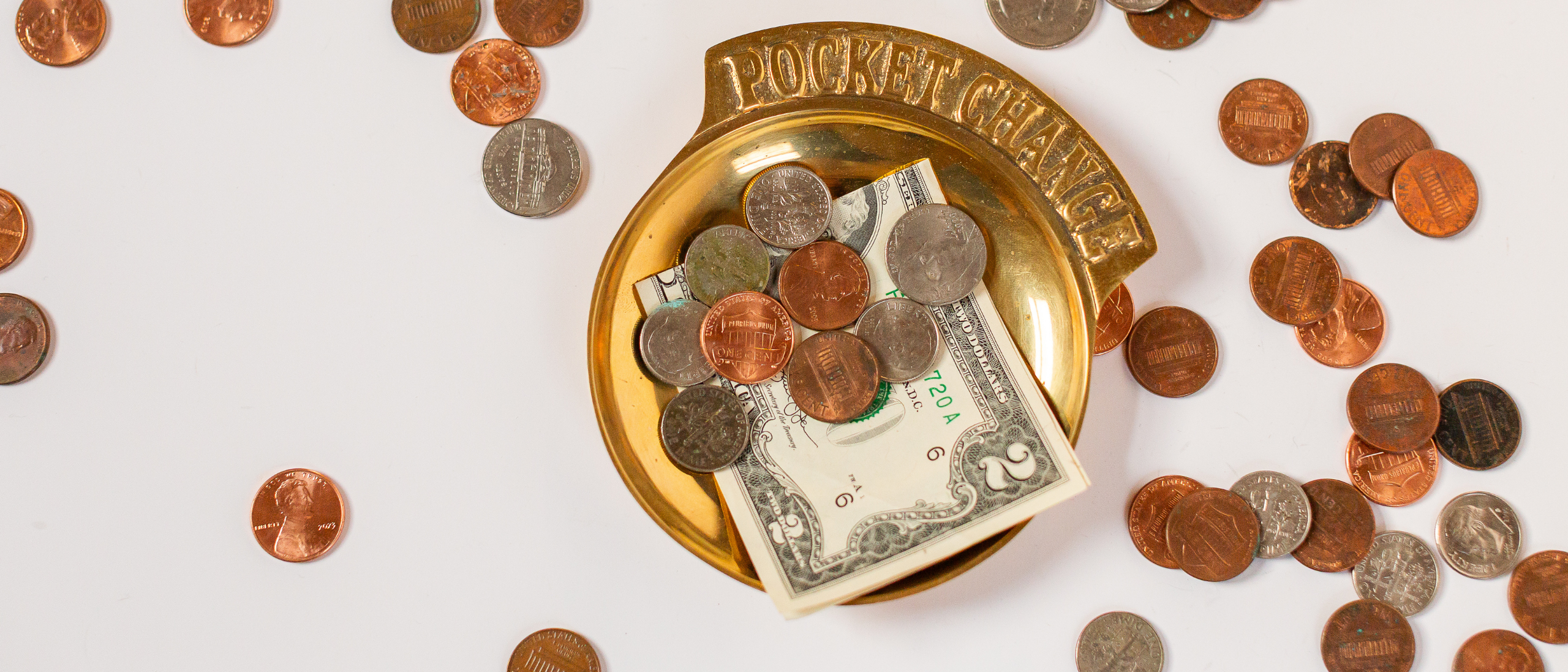Deciding whether you should participate in your employer’s Flexible Spending Account (FSA) and understanding the financial and tax implications of doing so can be a little complicated.
In today’s post, I’ll explain what an FSA is and how it works, and I’ll answer the top 5 frequently asked questions I hear when it comes to FSAs and taxes.
What is a Flexible Spending Account (FSA)?
A Flexible Spending Account, which the IRS also refers to as a Flexible Spending Arrangement, is a special type of savings account that can be offered by employers to allow employees to set aside pre-tax money to pay for certain types of expenses.
FSAs are typically used for medical and healthcare expenses, but some employers offer separate FSAs for dependent care. Since dependent care FSAs are not as common and have different rules than healthcare FSAs, today I’ll just be discussing healthcare FSAs.
If you elect to participate in your employer’s healthcare FSA, you’ll need to sign up during the open enrollment period and decide upon your contribution amount at that time. Then, your regular pre-tax contributions will be deducted from your paycheck throughout the year. When you have out-of-pocket medical expenses that aren’t covered by your insurance plan, you’ll use your FSA contributions to pay for them instead of using after-tax dollars.
For example, if you contribute to a medical FSA, you can use it to pay for medical, dental, or vision costs that aren’t covered by another health plan. These costs can include insurance deductibles, copayments, or other medical, dental, or vision expenses like prescription medications, medical supplies, and medical equipment.
An important note here is that since eligible expenses and claim procedures vary depending on how your FSA is set up by your employer, make sure to check with them and read the details carefully before contributing to an FSA or submitting a claim.
Something else to keep in mind is that you will need to elect to contribute to your FSA every year during the open enrollment period, and you will set your contribution amount for the year at that time.
How does an FSA save me tax money?
An FSA saves you money on taxes because the funds you contribute to an FSA are deducted directly from your paycheck before taxes are applied. Doing this reduces your taxable income, which ultimately lowers your tax bill.
The amount you’ll save in taxes by contributing to an FSA will vary based on your tax bracket, where you live, how many deductions and credits you can claim, and so forth. However, it might be useful to look at a typical example to see how much you can save:
If, for instance, you contribute $5,000 to an FSA for the year, that obviously reduces your taxable income by $5,000. If you would normally pay a total of 30% for federal income tax, FICA (social security and medicare taxes), and state income tax on that amount, then you would be saving $1,500 in taxes.
To be clear, when you withdraw the money from your FSA to pay for qualified expenses, you don’t pay taxes on that money then, either. However, if you use your FSA funds for non-qualified expenses, you may have to pay taxes and penalties on that money.
Can I lose money by contributing to an FSA?
Yes, if you don’t plan well, you can lose the money that you contribute to your FSA. An FSA is referred to as a “use it or lose it” account, which means whatever you don’t use by the end of the year will generally be forfeited back to your employer.
There are two exceptions to the use-it-or-lose-it rule to keep in mind here. The first is that your employer can set up the FSA to allow some carryover of unused money. The IRS sets the maximum amount you can carry over. For 2025, that amount is $660, and for 2024, it was $640.
The second exception is that your employer can set up the FSA to allow you the option to use your funds the following year. This grace period is typically 2.5 months into the new year, which is generally March 15, but you should check the terms of your FSA to see if you’re allowed a grace period, and be sure to check the cut-off date as well.
How much money can I contribute to my FSA?
- $3,300 in 2025
- $3,200 in 2024
- $3,050 in 2023
How much money should I contribute to my FSA?
Unlike with a health savings account (or really any other type of savings account!), there are very undesirable consequences if you overfund your FSA. Remember this is a use-it-or-lose-it situation. You should only contribute as much as you think you’ll spend over the course of one year.
Can I change my FSA contribution amount during the year?
Outside of your employer’s open enrollment period, unless you’ve had a qualifying life event like a marriage, birth, divorce, or change in employment, you most likely can’t change your contribution amount during the year.
Final Thoughts
Like health savings accounts, flexible spending arrangements are a smart way to save money on healthcare costs while also lowering your taxable income, but it’s important to understand the rules of your FSA and to carefully decide how much you should contribute. If you have specific questions about how an FSA works or how it could affect your taxes, don’t hesitate to ask an accountant for advice.




